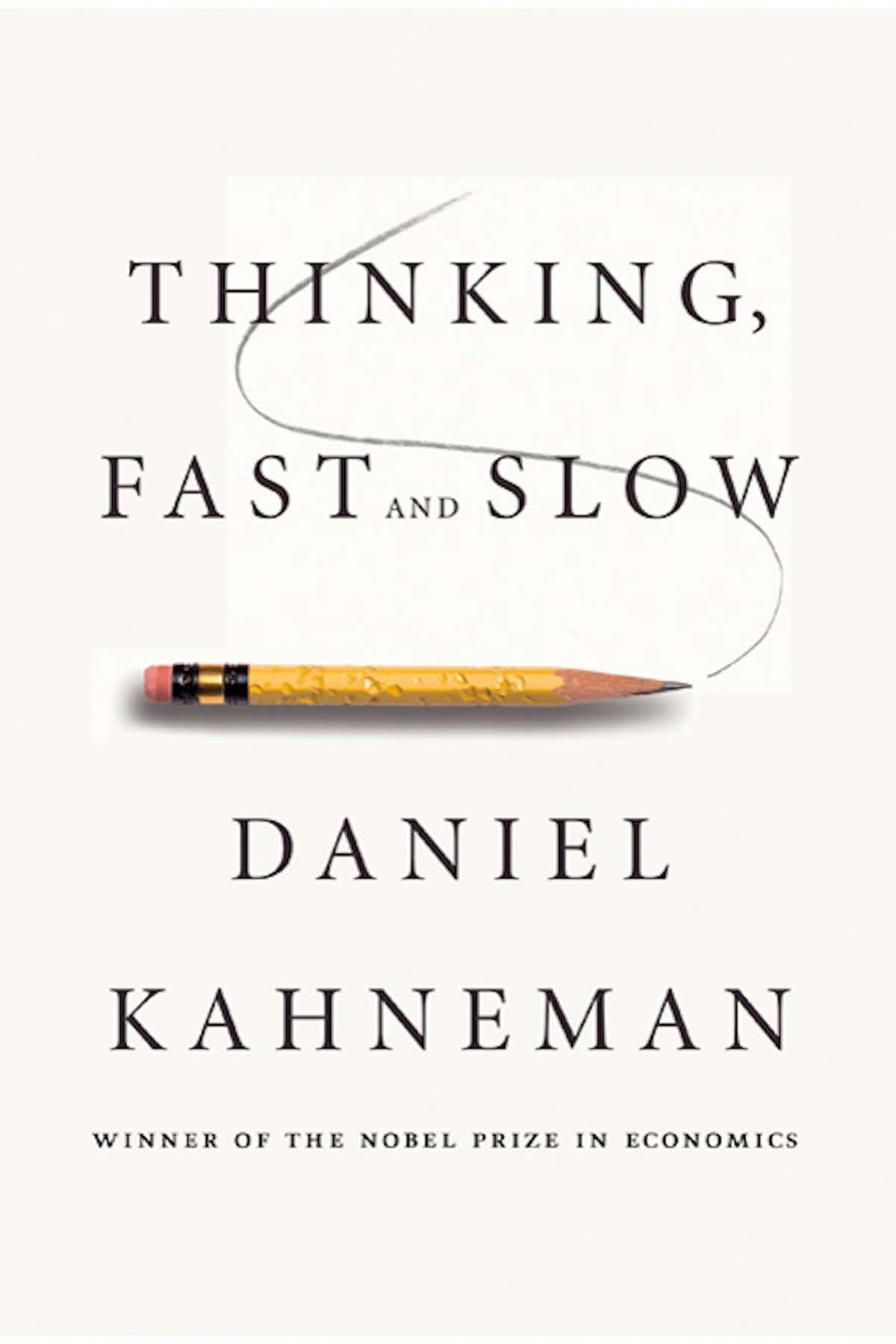Nothing in life is as important as you think it is, while you are thinking about it.
- "Daniel Kahneman"
Ever since I read Principle written by Ray Dalio, I have been fascinated by the way of thinking and how to be a great thinker. Because I firmly believe that successful people are all great thinkers, understanding the secrets behind their thinking modes can help individuals lead a successful life. Eagerly searching for a book that could reveal these secrets, I found Daniel's Think Fast and Slow,one of the masterpieces detailing how humankind makes decisions and why they make such decisions.
It took me two months to read through Think Fast and Slow as it is a book that requires proper reading. It includes a lot of information such as scientific experiments, theories and phycological terms that might be difficult for one to understand. Fortunately, even though this book is written in an academic style, Daniel made it easy for readers by providing examples and explaining these terms and scenarios in an easy to digest manner. Notably, at the end of each chapter, there is a summary concluding key points and providing immensely far-reaching implications for readers to aid their reading.
Think Fast and Slow is divided into five parts. Daniel started the first part by classifying one's thinking modes into system 1 (fasting thinking) and 2 (slow thinking), which is intriguing. Indeed, it is true that there are two selves controlling our minds, and they are only in charge of our thinking and decision-making in a particular situation. It can also not be denied that, as Daniel mentioned in his book, inherited from our ancestors, our mind is "lazy" and has limited capacities; we try to solve every problem in an "energy-efficient way".
The second part - Heuristics and Bias, details the root causes, such as the small numbers law and anchoring effect, of one's misconception and heuristic judgements we make in our daily life. It is striking how many biases and misconceptions happen in everyday life without individuals noticing it. For example, the order of accessing exam papers impacts students' grades significantly and using absolute numbers versus using percentages to present results also has an impact on the audience's perception. Even in the medical area where statistical thinking is required, doctors are biased on techniques to treat patients. It is miserable to see these biases, and sometimes, they are used to trick customer. Meanwhile, I realised that I, myself, have made many heuristic decisions and biases in the past. I felt as if these biases are unavoidable. However, as Daniel mentioned, not all biases are harmful. We sometimes make them to save our energy and make things easier. Knowing which situation one is prone to step into these traps can help individuals be altered and activate system 2 to adapt statistical thinking to avoid negative consequences.
Daniel switches the topic to the human mind's puzzling limitations - illusions in Part three. Overconfidence is derived from these illusions, such as validation illusion and understanding illusion. Individuals might believe they have enough knowledge of what they do and what they know. Funny enough, the truth is, in fact, the opposite side. Because of the WYSIATI effect, human beings believe what they see, and experience can represent this entire world; however, the world is more complex than one can ever imagine. Consequently, individuals' choices are influenced. Prospect Theory elaborated in Part 4 demonstrates more on our decision making. Ironically, humankind is born with loss aversion, which sometimes makes them miss great opportunities.
Finally, this book introduced two selves, remembering self and experiencing self. It is a valid and vivid analogy. Guided by different rules, these two selves value things differently. One cares more about the experience, while another cares more about the outcome. The experiencing self is generally in control of our life. This is decisive because what happens to you might be totally different from what you experience. It makes me reflect on events that occurred in the past and doubt whether this good or bad memory is truly bad or good?
I could not confidently say that I have grasped all the insights taught in this book, but a bare minimum. I only hope this summary could be a good starting point for those interested in knowing more about themselves. If one were to do so, I could assure you that you have made a good decision.
